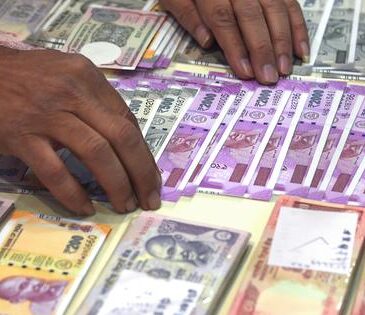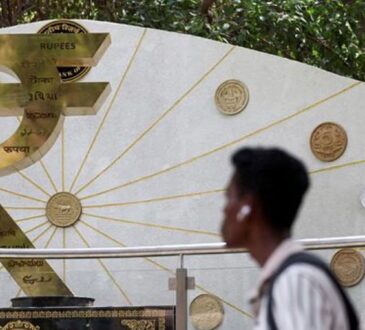Asian currencies remained largely flat on Monday, even as the U.S. dollar weakened following a credit rating downgrade by Moody’s. The U.S. Dollar Index dropped 0.3% after the agency cut the government’s credit rating by one notch, citing the nation’s ballooning $36 trillion debt.
The Chinese yuan saw little movement, despite upbeat April industrial production data showing stronger-than-expected factory output. However, disappointing retail sales data highlighted weak domestic demand, keeping pressure on the yuan. Offshore USD/CNH and onshore USD/CNY both stayed muted.
Analysts from ING noted that U.S. tariffs will significantly impact industries with easily available alternatives, but much of China’s manufacturing doesn’t fall into that category. They also suggested that a temporary ceasefire in tariffs could spur economic activity in the coming months.
The Japanese yen outperformed regional peers, with the USD/JPY pair falling 0.3%, driven by expectations of further rate hikes from the Bank of Japan. The central bank’s deputy governor indicated that more hikes could follow if Japan’s economy recovers from the impact of rising U.S. tariffs. However, recent data showed Japan’s GDP shrank 0.7% in Q1 2025, its first decline in a year, which may limit the BOJ’s tightening capacity.
Other Asian currencies saw limited movement. The South Korean won edged higher, with the USD/KRW pair down 0.1%, while the Singapore dollar and Australian dollar saw slight gains. The Indian rupee remained unchanged.
Despite the weaker dollar, ongoing uncertainty around U.S. trade policy—especially President Trump’s threat to reimpose tariffs on countries not negotiating in “good faith”—kept investor sentiment cautious and capped gains across Asia’s forex markets.




